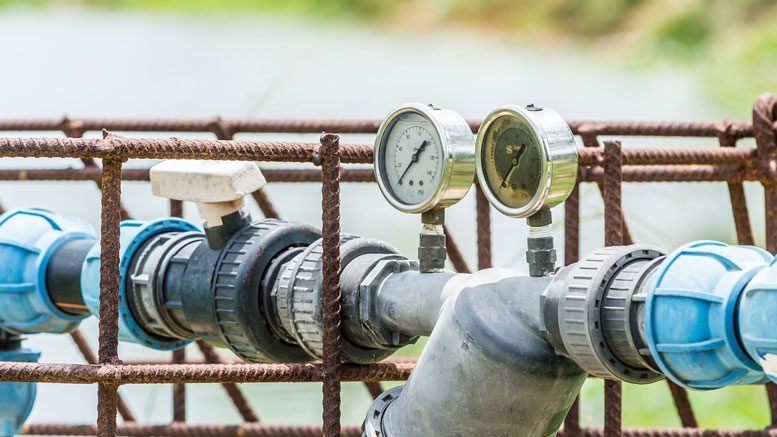|
Click to listen to this article
|
Could late-season water applications have played a role in the 2020 and 2021 Salmonella outbreaks? Field trials are underway to find out.
By Joy Waite-Cusic, Associate Professor of Food Safety Systems, Oregon State University
Despite two Salmonella outbreaks linked to dry bulb onions in 2020 and 2021, the industry still has questions about how this level of widespread contamination could have happened – twice. FDA’s investigation report from the 2020 outbreak provided few answers, but proposed animal intrusion, adjacent land use and contaminated water as potential contributing factors.
A group of three food safety microbiologists and two crop specialists have teamed up to figure out what could have happened. The team includes Joy Waite-Cusic, Oregon State University (OSU); Linda Harris, University of California, Davis; Faith Critzer, University of Georgia; Stuart Reitz, OSU; and Tim Waters, Washington State University (WSU).
Prior research by the team demonstrated that contaminated water used in drip irrigation results in limited contamination and that standard field curing practices work to further reduce risk. There has been very little research on risks associated with other types of water application. Harris and Waite-Cusic recently published the results from 2014 and 2015 field trials in California mimicking the use of contaminated water in a late-season pesticide application in the Journal of Food Protection. In 80 percent of the samples, E. coli were shown to die off during field curing, but in 7.5 percent of the test onions, E. coli increased over 1,000-fold from 1,000 CFU to >1,000,000 CFU per onion bulb.
After the recent outbreaks, the research team spoke with growers and packing facilities to learn more about industry practices. Using the combined information from the industry, prior research and collective knowledge, the team decided that there were a lot of unanswered questions around how bacteria may behave when introduced during late-season water applications. To support strong science-based food safety practices for the onion industry, the research team proposed a series of field trials to the Center for Produce Safety (CPS). Their proposal was selected for funding by a joint award from CPS and the California Department of Food and Agriculture (CDFA) through the Specialty Crop Block Grant Program.
Field Trials
This spring, experiment station fields in eastern Oregon and south-central Washington were planted to support the research. Risks associated with late-season pesticide sprays and clay applications (sun damage protection) will be studied on white and red onions grown at the OSU experiment station in Ontario, Oregon. Contamination rates and risks associated with overhead irrigation will be studied in yellow onions at the WSU experiment station in Pasco, Washington.
In late August, Waite-Cusic’s lab group traveled to both field sites and inoculated water with generic E. coli strains at 100-1,000 CFU/100 ml for use in each type of water application. Onion contamination rates and levels of E. coli on and/or in onions will be monitored from the initial water application throughout the curing period. The final data from the 2022 growing season should be collected by the end of September.
Results from the 2022 field trial will be shared at the Pacific Northwest Vegetable Association annual meeting in Kennewick, Washington, in November 2022, at the Idaho-Malheur County Onion Growers meeting in Ontario, Oregon, in February 2023, and at the Center for Produce Safety annual meeting in Buckhead, Georgia, in June 2023. A second trial is planned for the 2023 growing season to determine if the risk is comparable under varying weather conditions.

